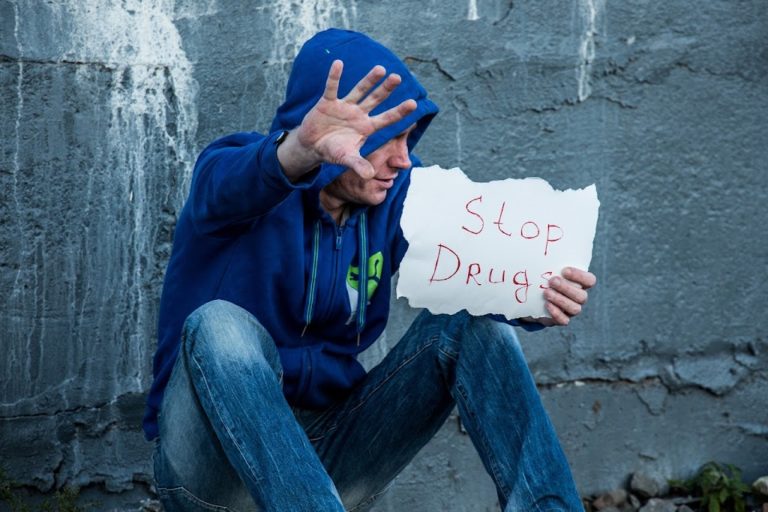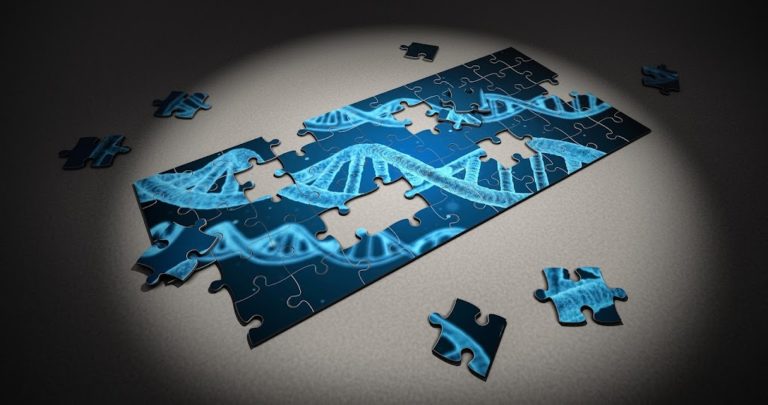What do we know about Psoriasis?
A lot of physicians point out endocrinal disturbances as well as metabolically and changes in the immune system of the patient. There are papers stating that the disease is caused by certain types of neuroses as well as stress, but many admit that this illness is still a mystery for physicians. Unfortunately, there is no known treatment against this disease that keeps it away for good. However, by studying the numerous forms and types of psoriasis, doctors have managed to develop a treatment which guarantees a lasting remission of the disease. They can also guarantee a drastic demise up to complete disappearance of symptoms for many years.
More information on psoriasis.
Most people inherited psoriasis. 60% of the patients have relatives who suffered, or still suffer of this terrible illness. There is just one chromosome responsible for it. But, even if someone were to trace back to a few hundreds of years his genealogic tree, and if it could be proven that no one in his family ever suffered from psoriasis, this wouldn’t matter a lot. Because of the pathology, the chromosome can be dormant for years, and kids with infected parents could live a long life without a spot on their body. Nevertheless, some circumstances can be looked in. Like the age for instance, most of the sick are between 15 and 25 years old. This happens because of the hormonal transformations the body goes trough at puberty, as well as increased psychical instability.
The three stages.
The first noticeable thing when studying psoriasis is the red skin. Any doctor would tell you about the three stages of the disease: progressive, stationary and regressive. During the first stage of the disease, the spots are swollen, hard to the touch and they have a bright color. The spots appear in friction and pressing areas, such as where the bra closes, or on an injury. In the second phase, no more spots appear, but the existing ones tend to link together to form larger and pail ones. The final stage, the regressive stage, is characterized by the partial and sometimes complete disappearance of the spots. It should be noticed that the pail spots are then replaced by darker ones.
SUBSCRIBE NOW!
Enter your email address:





